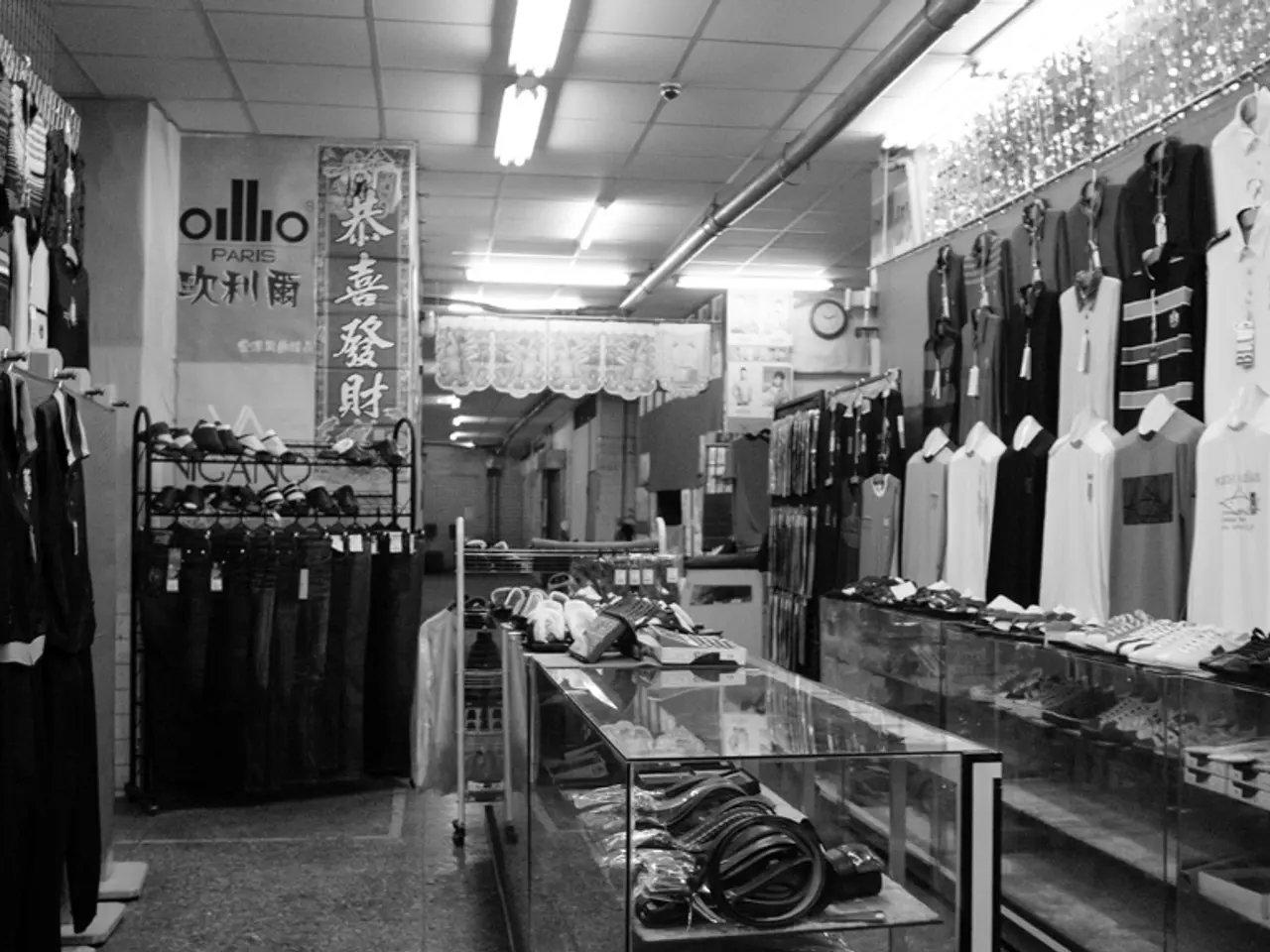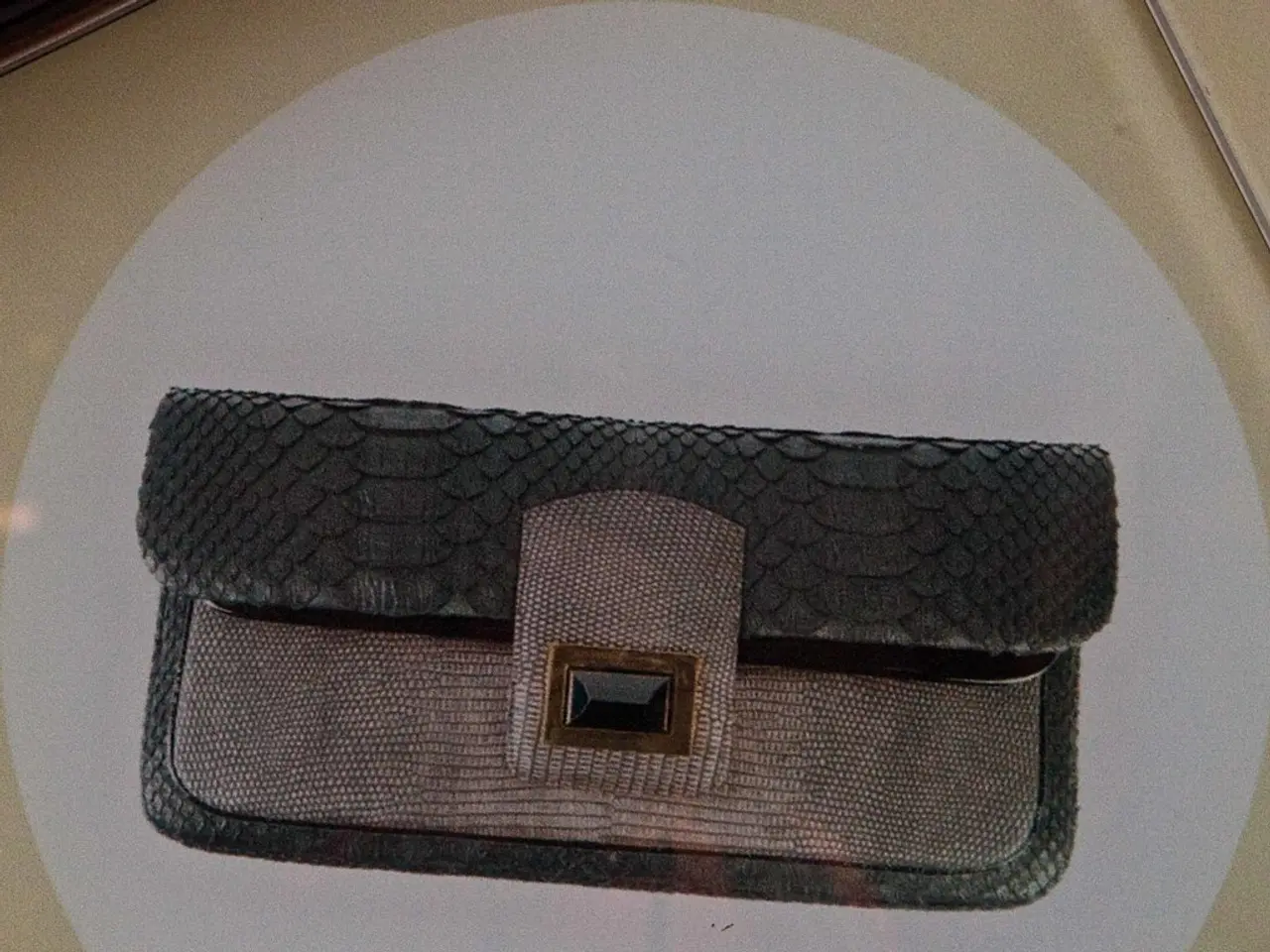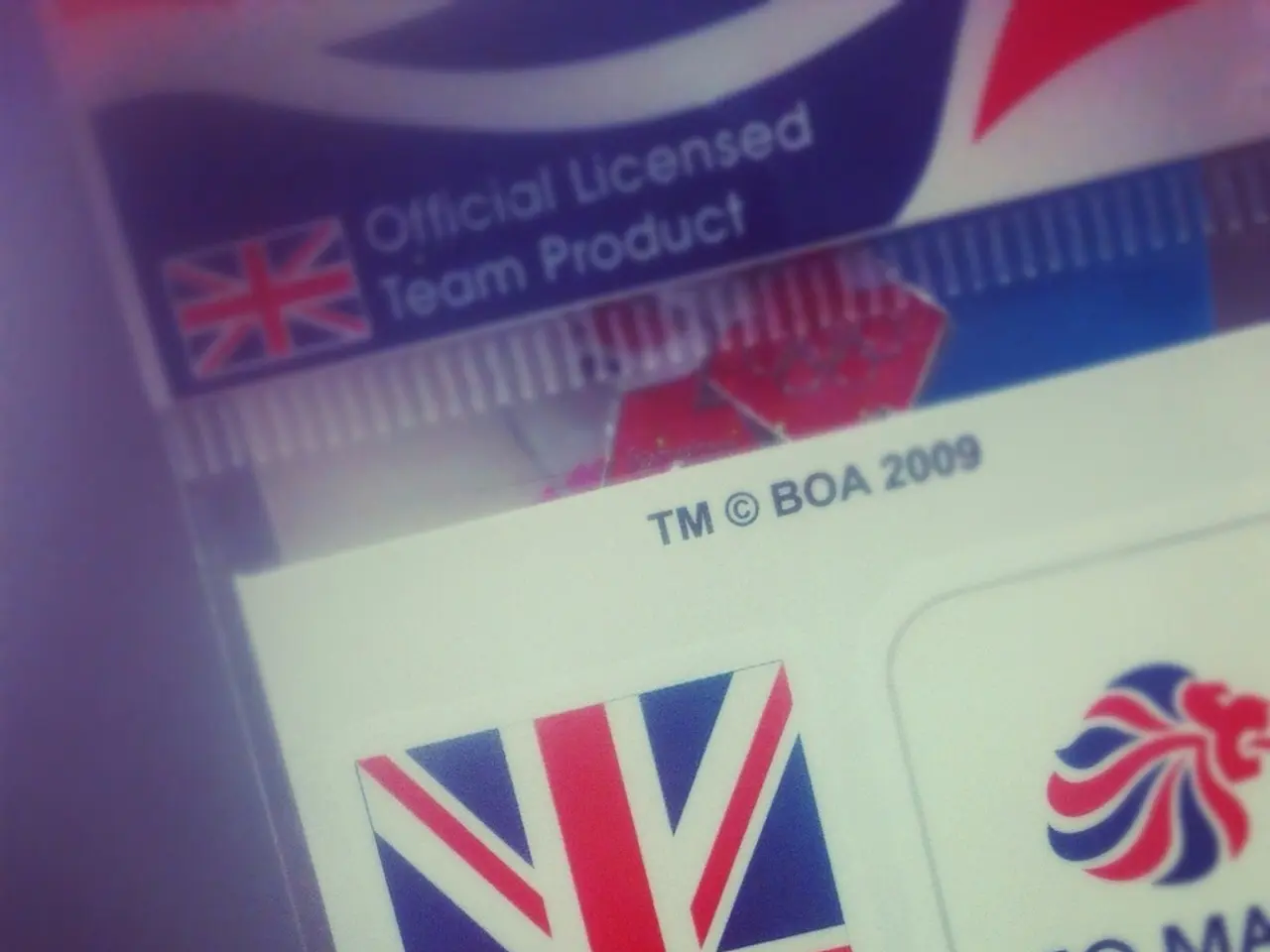Launching a Fashion Brand Made Easy: Step-by-Step Guide for 2023
================================================================
Starting a clothing line can be an exciting venture, but it requires careful planning and execution. Here's a comprehensive guide to help you navigate the process.
1. Understand Your Audience and Competitors
Begin by researching your potential customers and understanding their preferences, buying behaviours, and demographics. Develop customer personas, and conduct a competitive analysis to identify market gaps or opportunities.
2. Choose a Niche
Focus on a specific market segment, such as sustainable athleisure, children's clothing, or streetwear. A niche helps sharpen your product focus and marketing efforts.
3. Create a Business Plan
Develop a detailed business plan that covers your company description, mission statement, market analysis, products, marketing, operations, management, and financial projections. This plan articulates your vision and strategy and is crucial for securing investors or loans.
4. Analyze Fashion Trends
Stay updated on fashion industry trends through trend forecasting services, fashion shows, and social media to ensure your designs meet consumer demand and stand out.
5. Design a Collection
Create a collection that aligns with your niche and customer preferences, balancing innovation with wearability.
6. Find Suppliers
Source manufacturers or suppliers who can produce quality garments at scale, considering costs, timelines, and ethical practices.
7. Choose a Name
Select a brand name that reflects your identity, resonates with your audience, and is easy to remember and trademark.
8. Price Your Products
Establish pricing that covers costs, remains competitive, and reflects your brand positioning. Consider production costs, overhead, and target profit margins.
9. Reach Out to Influencers
Collaborate with influencers whose audiences match your target market to increase brand awareness and credibility.
10. Understand Financials
Track all financial aspects, including startup costs, cash flow, sales forecasts, and profit margins, to maintain business viability.
11. Build an Online Store
Develop a user-friendly ecommerce platform showcasing your products with clear descriptions and visuals.
12. Soft Launch
Introduce your brand to a smaller audience first to gather feedback and refine operations before a full-scale launch.
13. Implement Marketing Strategies
Employ diverse tactics such as social media marketing, content marketing, email campaigns, paid ads, and SEO to attract and retain customers.
Bonus Tips
- Consider a DTC subscription model, where customers sign up for recurring deliveries of products.
- Choose a name for your online store and create social media accounts (Instagram, Tiktok) for promotion.
This step-by-step approach integrates business fundamentals with fashion industry specifics, increasing your chances for a successful clothing line launch.
- Entrepreneurship in the fashion industry requires keen leadership, particularly in understanding finance and business strategy.
- A carefully designed marketing strategy can leverage news and industry trends to drive sales in your fashion-and-beauty startup.
- Small-business owners must balance their fashion-focused vision with pragmatic considerations, such as sales targets and finance management.
- The success of your startup lies in your ability to analyze competitors, target customers, and industry trends to develop a unique value proposition.
- The lifestyle choices of your potential customers play a crucial role in shaping the design and marketing approach for your startup clothing line.
- To ensure the growth and sustainability of your small business, you need a comprehensive strategy for product development, marketing, and financial management.
- Innovative marketing techniques and strategies can help a clothing line stand out, especially in a highly-competitive startup market.




